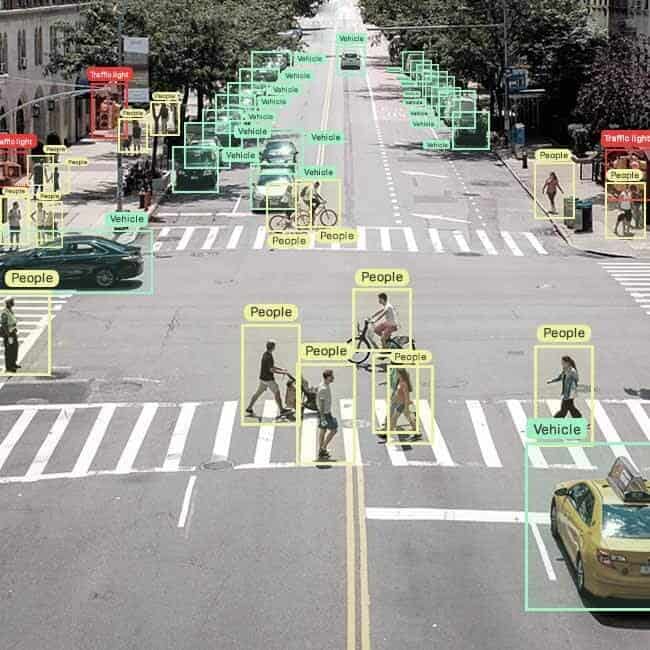In our data-driven society business across the globe rely on the capabilities of artificial intelligence (AI) as well as machine learning (ML) to extract crucial insights from the vast amount of data. Image annotation is an essential computer vision technique that plays an crucial role in making visual data understandable. In this article, we look at the world of image analysis and explore the significance of tools, software and solutions that support data-driven decision-making.

Image annotation is the act of tagging or labeling images with metadata, allowing computers to comprehend and interpret the visual information accurately. By adding annotations such as bounding boxes keys, polygons and keypoints or semantic segmentation, image annotation allows models in ML to recognize objects, patterns, and features within images. This bridges the gap between raw images and actionable insight, opening the way to many applications like autonomous vehicles medical imagery, ecommerce, and surveillance.
An array of tools are available to make it easier for annotation of images. These tools have intuitive interfaces which allow users to easily mark objects or images of significance. These tools provide a variety of annotation options, in addition to customizable features which can be customized to meet specific requirements for data. From basic drawing tools to advanced shapes recognition and automatic annotation suggestions, image annotation tools enhance the efficiency and accuracy of annotation that allows annotators to work with precision and speed.
Image annotation takes the annotation process to the next level by incorporating automation and collaboration features. The software programs use ML algorithms to automate the process which reduces manual labor and making annotation faster. Annotation software can accelerate the process of labeling through techniques like active learning as well as transfer learning.
The software for annotation allows seamless collaboration between multiple annotations. It provides real-time synchronization, annotating versioning, and comments functions, which ensures smooth communication, and encouraging a collaborative environment. This approach to collaboration does not only improve annotation quality, it also promotes knowledge sharing and makes sure that annotations are consistent.
In choosing an image-annotation system be sure to take into account a number of aspects. In the first place, the solution should be in line with the needs of the project, including the kinds of annotations required (e.g., bounding boxes keys, polygons, bounding boxes) and the difficulty of the task of labeling, and the capacity of the solution.
In addition, flexibility in the solution is crucial. An effective annotation system must be able to customize workflows for annotation and integrate with existing data management software. It must also be compatible with various data formats. This flexibility allows the annotation software to integrate seamlessly into existing workflows.
Thirdly, it is essential to examine the accuracy of annotations the software creates. Quality control methods are employed by reliable image annotation software to ensure consistent and accurate labeling. These mechanisms may include inter-annotator agreement checks, annotation validation and continuous feedback loops that connect annotators and reviewers.
The significance of images annotating extends beyond the annotating process. Image annotation solutions, tools, and software can help businesses maximize the value of their data through a variety of ways. The most important thing is that precise annotations facilitate the training and development of ML models with greater quality and accuracy. These models can later be deployed for various applications for example, image recognition, object recognition, and anomaly detection.
In addition, image annotation aids data-driven decision making by providing extensive and insightful insights from the images. Annotated medical images, as an example are used in the healthcare industry to diagnose diseases, identify irregularities, and develop treatment plans. In e-commerce environments, annotations of images aid in product recommendation systems, image search functionalities, and visual merchandising techniques.
The use of image annotation combined with data science has revolutionized our work practices by unlocking an important asset. It speeds up data analysis, uncover connections that are not obvious, and generate real-time insights. Through image annotation, businesses can improve their processes, reach market faster, decrease costs, and gain a competitive advantage. In consideration of the capacity of images to illustrate concepts that are much easier to understand than abstract figures well-annotated images enhance the information’s readability and accessibility to stakeholders from every organization. Annotating images can be an effective tool for transforming data into actionable insights, and maximize its value for all types of applications.
